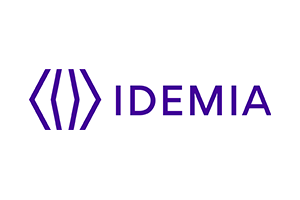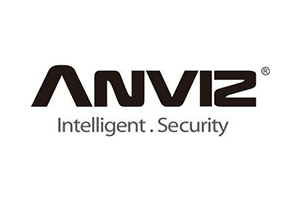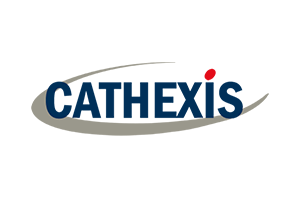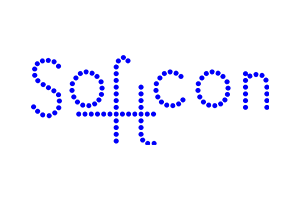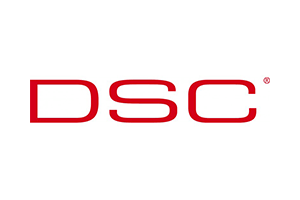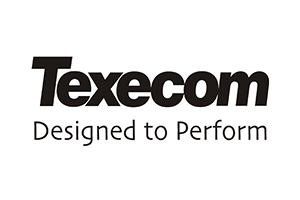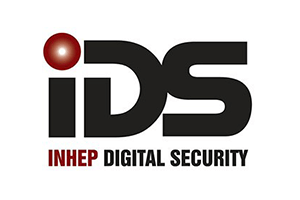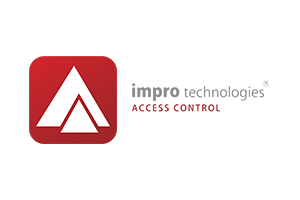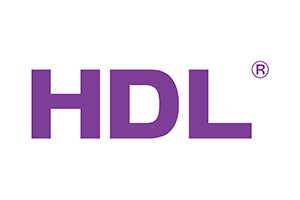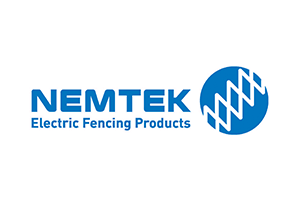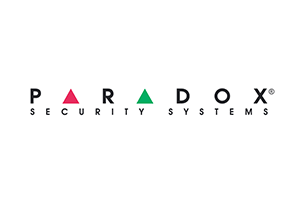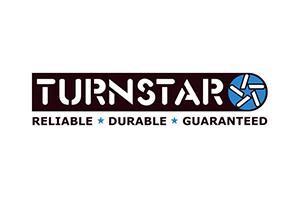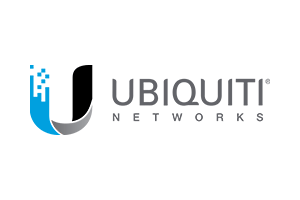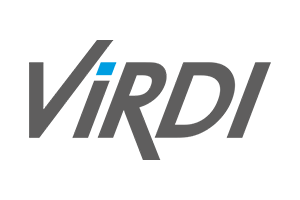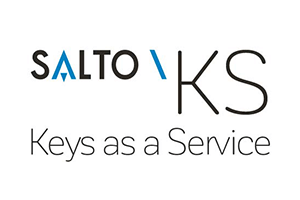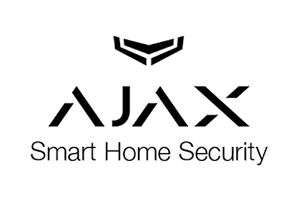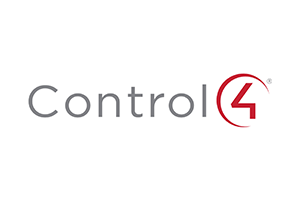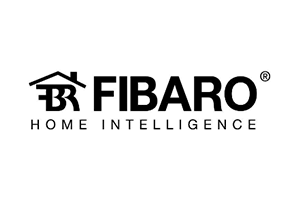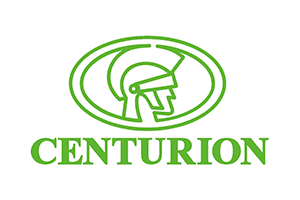For a successful security system installation – it is crucial to factor in maintenance as an ongoing operational requirement for the duration of the security system installation life cycle. Certain systems require more maintenance than others and some key factors can help determine the frequency of security system maintenance activities.
Planned preventative maintenance, or PPM for short, is the practice of undergoing system maintenance which prevents larger and more costly faults from occurring over-time.
This post is a technical expansion on a previous article which discussed the security system integrator selection process.
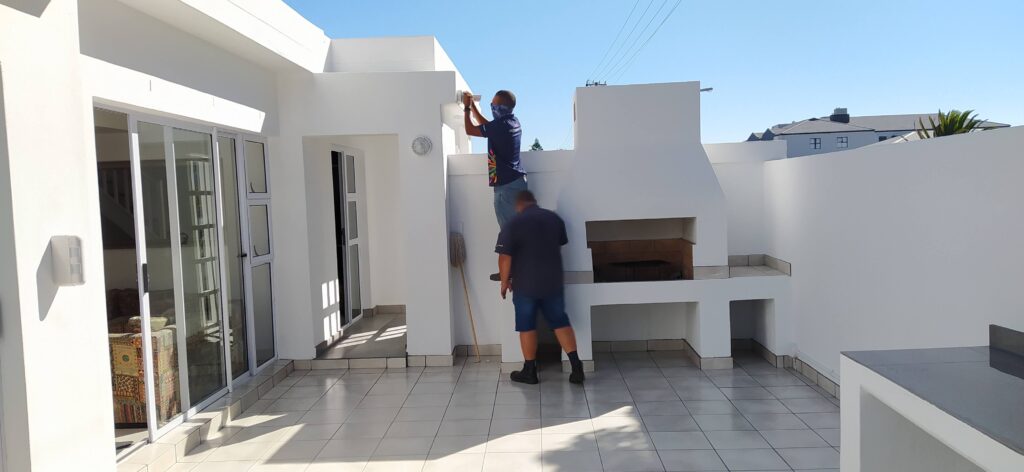
Some factors that could help identify how often you should be servicing your security system installation:
- How critical is the operation of your security system? Certain security systems, such as an access control installation in a busy building or a surveillance system installation in a retail store, are heavily relied on during the day-to-day operations of a business, facility, or household. A semi-critical system should always be maintained annually at the very least. The frequency of maintenance should increase for critical systems. Mission-critical systems will sometimes require maintenance quarterly or even monthly.
- How often is your security system installation used? A seemingly obvious method of determining the maintenance frequency of your security system. Many system owners seem to overlook this particular aspect of security system ownership. Infrastructure which is regularly used, such as automatic gate motor installations, boom barrier installations, or turnstile installations, are subject to increased wear and tear due to the stress posed by more frequent operation.
- What are the environmental factors surrounding your security system installation? Security systems installed in harsh environments are more exposed to deterioration due to external factors. For example, outdoor security systems installed near the coast are subject to corrosion on metal parts. Cable terminations and moving parts need to be continually inspected for corrosion which may hamper system operability. Security system installations located in hot, humid, dusty or even damp environments typically require more maintenance.
- How knowledgeable are the operators of your security system? Some security system installations require continued interaction from an operator throughout the normal course of operation. This is especially true when considering estate access control installations or large scale surveillance system installations. The knowledge of the operator has a direct impact on the continued operational reliability of the security system installation. For example, a security guard operating a boom barrier installation or automatic gate motor installation incorrectly may inadvertently increase the speed at which wear and tear occur on functional system parts.
- What are the manufacturer recommended maintenance intervals and procedures? Some security system equipment may require maintenance as indicated by the original equipment manufacturer. This information provides a useful guideline for planning preventative maintenance intervals.
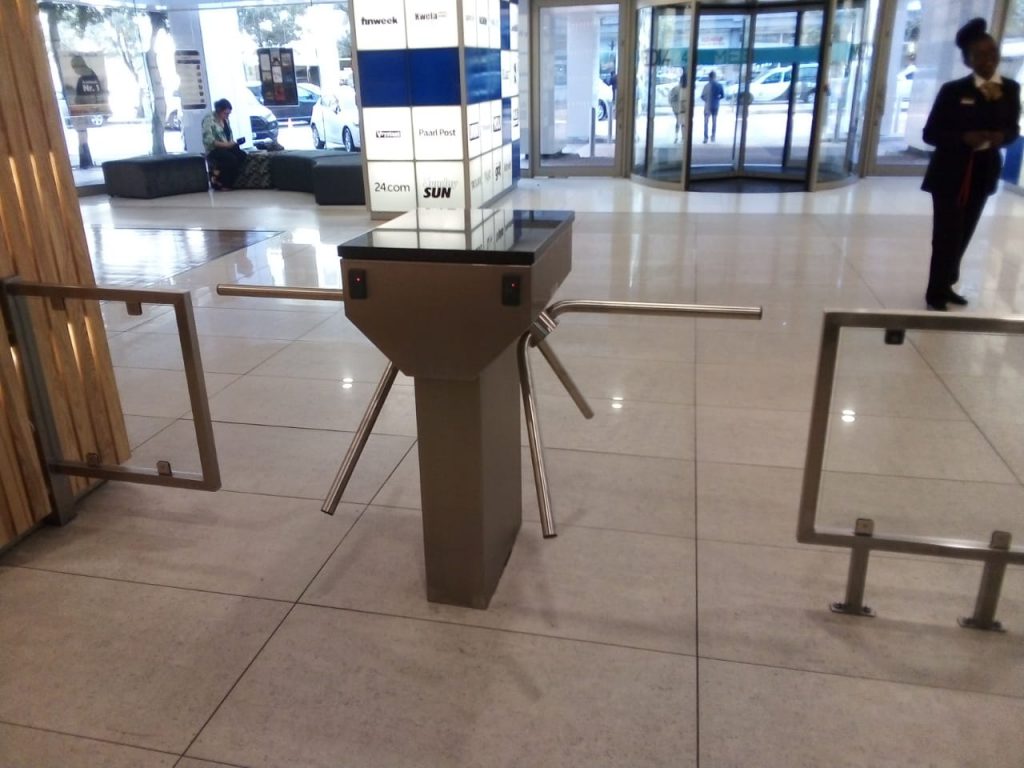
Why you should be documenting your security system installation:
Often an overlooked element of a complete security system installation. Thorough documentation of your security system installation helps both maintenance and facility professionals to better track changes and plan maintenance procedures. Another added benefit of documenting a security system is a noticeable reduction in cost due to increased fault resolution speed. The type of documentation kept on a security system installation varies but the below is an indication of items typically documented:
- Floorplan displaying motion detector locations, security camera positions, or access controlled entrances. This is crucial for both the system operator and the technical professional.
- Records of all usernames and passwords. Many on-site delays and bloated invoices are often caused due to the unavailability of system access credentials. Lost credentials can often be recovered but the process is often time consuming and arduous.
- Logs of individual device identifying information should be kept to track warranty periods and for insurance purposes. In the event of a total system loss, a thorough record of your security system can aid in an insurance claim and with the reinstallation time of a replacement. The types of information to be stored will vary but typically, items such as serial numbers, IP addresses, mac addresses, and IMEI numbers should be documented. As a rule, there can never be too much documentation of a security system installation.
- Physical labelling. The importance of physically labelling cabling or components cannot be overstated. Although tedious, the implementation of an equipment labelling methodology will aid tremendously in locating and rectifying faults throughout the security system installation.
It is also important to note that thorough documentation will be an invaluable tool when transitioning to a new security service provider. Your security system data should be stored in a safe and accessible location. It is also of utmost importance to maintain the accuracy of the system documentation on an ongoing basis.
What tasks should be carried out as part of the typical security system maintenance procedure?
Security system installations often employ various devices which comprise of a total system. As such, It is important to ensure that your security system installation is adequately maintained. Hand-in-hand with the documentation discussed above, a well-versed knowledge of your system layout is imperative when discussing maintenance deliverables with a prospective security system maintenance professional. Below some examples of security system maintenance tasks typically carried out by Paradigm Dynamix technical professionals.
- Any obvious outages or faults to be addressed.
- Inspection of system logs. This is an efficient means of determining whether any functional impairments exist on a security system installation. Log files should be routinely inspected for irregular occurrences that may require intervention.
- A visual inspection of the security system should be carried out to determine whether any obvious issues are present. For example, when considering access control maintenance; electronic locks, readers, door closers, controllers, and power supplies should be inspected for physical indications of damage or wear and tear. A sagging boom barrier arm or broken magnetic lock are telltale signs that particular attention may be required.
- Power supply and backup power infrastructure to be tested during each visit. Power supply issues are most notably the largest cause of security system installation-related failures. As such, a regular inspection of your power supply infrastructure is required. These tests should be done using a suitable multi-meter or similar measuring tool. A simple visual inspection will not suffice.
- As additional consideration for power supply equipment. The regular replacement of batteries should be included as part of the overall maintenance budget. Systems that are prone to power failures or outages are at further risk of unplanned and premature battery failures. Although not an explicit requirement, a battery change is recommended on a yearly basis for most equipment. There are exclusions to this rule but in general, alarm system maintenance and access control maintenance typically calls for replacement batteries on an ongoing basis. Batteries can be tested for adequate voltage using a multimeter. For more expensive batteries, further testing can be done off-site by a battery specialist.
- Control components such as automatic gate motors, turnstiles, boom barriers, or even pan-tilt mechanisms often require cleaning, lubrication, and adjustment to operate correctly. It is important to understand and adhere to the manufacturer specified maintenance required for moving control components.
- All variations should be recorded. With adequate system documentation, the process of recording system changes or variations from service to service should be possible. Noting variations are important when determining likely points-of-failure or system tampering. Variations in the context of a surveillance system installation could refer to a change in average CPU operating temperature or even the alteration of a camera position. Documentation of variations protects both the system owner and the security system maintenance professionals.
- Testing and inspection of hard-wired cable connections to remote devices. Hard-wired connections between devices are prone to disruption and damage where multiple contractors work in the same space or renovations have occurred. It is of utmost importance to test cable runs using suitable equipment. For example, network cable testers should be employed to test equipment distributed on IP networks. Multimeters should be used to test cables for continuity and the presence of shorts. It should also be noted that cable terminations should be inspected for corrosion or damage on an ongoing basis.
- Component internals should be inspected for dust, moisture, and corrosion on a regular basis. Your security system maintenance professional should also remove any dust, dirt, or debris from any equipment undergoing a service.
- Reposition any security system devices as required. For CCTV camera maintenance services or even burglar alarm maintenance, it may be advantageous to consider repositioning certain system elements during the course of the planned preventative maintenance visit. For CCTV camera maintenance, field-of-view adjustments may be required. For alarm system maintenance, certain detectors may require position changes to provide better coverage of protected areas.
- Ongoing management of data storage is crucial to the operation of a security system installation. An important function offered by an electronic security system installation is the ability to record and store important events that occur. For a surveillance system installation, data is stored in the form of video footage. For an alarm system installation, it is stored in the form of alarm event logs, and for an access control installation, data is stored in the form of access logs. It is important to maintain hard drives, databases, and other forms of memory on an ongoing basis. Hard drives are another common point of failure and adequate functionality should be inspected on a regular basis.
- While on the topic of data storage, it is also important to verify the accuracy of the recorded information on a regular basis. A simple yet crucial impairment to data accuracy is incorrect time settings. This affects everything from access control records to surveillance footage. Another example of verification would be to inspect surveillance system footage for image deterioration or loss.
- Human interfacing equipment should be routinely cleaned and inspected for damage. Where applicable, equipment that is often touched should be sanitised on a regular basis. Examples of these types of devices would be keypads, remotes, keyboards, mice, monitors, buttons, etc. Any equipment which is regularly handled to operate the security system installation is included within this consideration. When sanitising electronic devices, it is important to observe manufacturer hygiene specifications. A largely unknown fact is that hand sanitiser can damage the fingerprint scanners on biometric access control readers. Therefore, it is not advised to use sanitiser near any biometric scanning equipment.
- Testing audible warning devices and outputs to third party systems. A typical requirement of CCTV camera maintenance, access control maintenance, and alarm system maintenance. In most cases, sirens and strobe lights are used as a means of providing notification of crucial events which occur on a security system. Additionally, it is important to consider and verify the outputs used for third-party connections such as armed response companies or off-site monitoring facilities. Physical devices should be inspected for obvious damage and outputs to be tested using a multimeter. Another important consideration would be to consider the impact that an audible alarm would have on the occupants of a particular building. Careful planning and consultation with facilities management teams are required during the completion of these tests.
- Validation testing. for security systems that authenticate users. In the context of an access control maintenance procedure, it is important to test that valid and invalid cards are being accepted and rejected respectively. For an alarm system, it is important to ensure similar functionality with system access codes. This testing should be done wherever possible to determine that normal operation is being allowed for authorised users while preventing unauthorised users from gaining access to the protected security system installations.
- System performance analysis. This is the process of determining whether the security system installation is functioning acceptably. For alarm system maintenance, part of this process would be to ensure that motion detectors are providing an adequate level of protection against intruders. For access control maintenance, testing is often required to ensure that readers, automated entrances, and safety devices are functioning as is required. Any deteriorations in performance are to rectified immediately where possible.
- Following the completion of the above security system maintenance procedures, a written report should be issued to document anything which may be of interest or importance to the security system installation. This report should verify that these steps were adhered to, indicate damaged or failed equipment, and indicate equipment likely to fail. Previous report and log information should be used as a baseline for future maintenance and can be used to identify repeat faults on the security system installation.
Why choose Paradigm Dynamix for security system maintenance at your facilities?

Paradigm Dynamix is responsible for the maintenance and up-time of crucial security infrastructure in various sectors throughout Sub-Saharan Africa. Key sectors serviced by Paradigm Dynamix include mining, media, education, IT, government, and secure residential estates. The Paradigm Dynamix technical team provides managed support and implementation for numerous system types and variations. Key areas of expertise include the following; access and visitor management systems, employee time and attendance, enterprise resource planning, intrusion detection and prevention systems, video surveillance systems, automation systems, and managed optical or copper networks.
Paradigm Dynamix provide brand-agnostic professional technical services for a wide variety of security system manufacturers. Our technical professionals are also accredited and verified for various systems employed in a typical security system installation. Below some examples of manufacturers supported by Paradigm Dynamix.
Due to the in-house expertise on a growing list of specialist security system installations, Paradigm Dynamix can offer guaranteed support on complex queries, faster resolution times, and less time spent fault-finding. This equates to a more reliable security system and an overall reduced cost of maintenance and fault resolution.
Bespoke Service Level Agreements for security system maintenance.
Paradigm Dynamix offers flexible service level agreement structures that are geared towards your unique requirements. As such, our service offering can be adapted or altered to better address the changing nature and environment of any growing business. Various support facilities are offered with examples listed below:
- 24/7 on-site or remote support. For clients with mission-critical systems, Paradigm Dynamix offers support outside of normal business hours.
- Allowance for unplanned outages or unscheduled maintenance. Paradigm Dynamix offers all-inclusive service level agreements which provide unlimited on-site or remote support.
- Remote system observation. With the overwhelming majority of security system installations being accessible through the internet, Paradigm Dynamix offers a service wherein an inspection of the security system installation is carried out remotely at predefined intervals. These inspections typically revolve around the assessment of log files to determine whether any anomalous behaviour has occurred throughout the security system installation.
- Guaranteed response times for critical faults. Paradigm Dynamix offers a facility that guarantees professional technical support attention within a predefined period of time.
Contact us to discuss your security system maintenance requirements.
Some of the systems supported by Paradigm Dynamix.
This list evolves on a regular basis. Below some examples of systems for which Paradigm Dynamix provide dedicated support.
